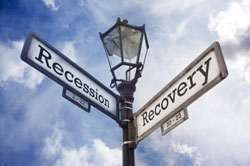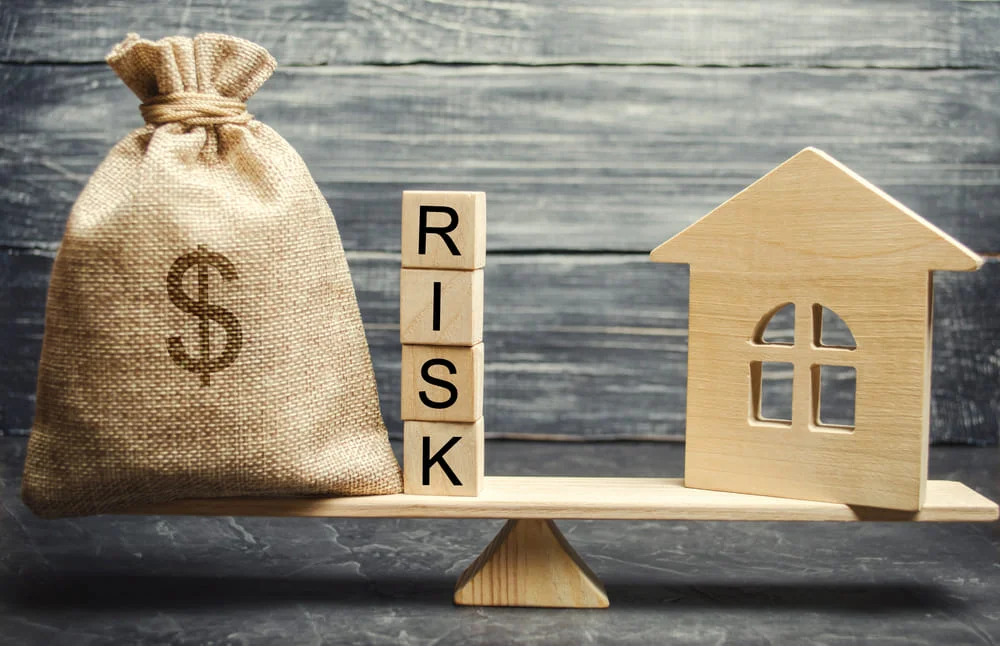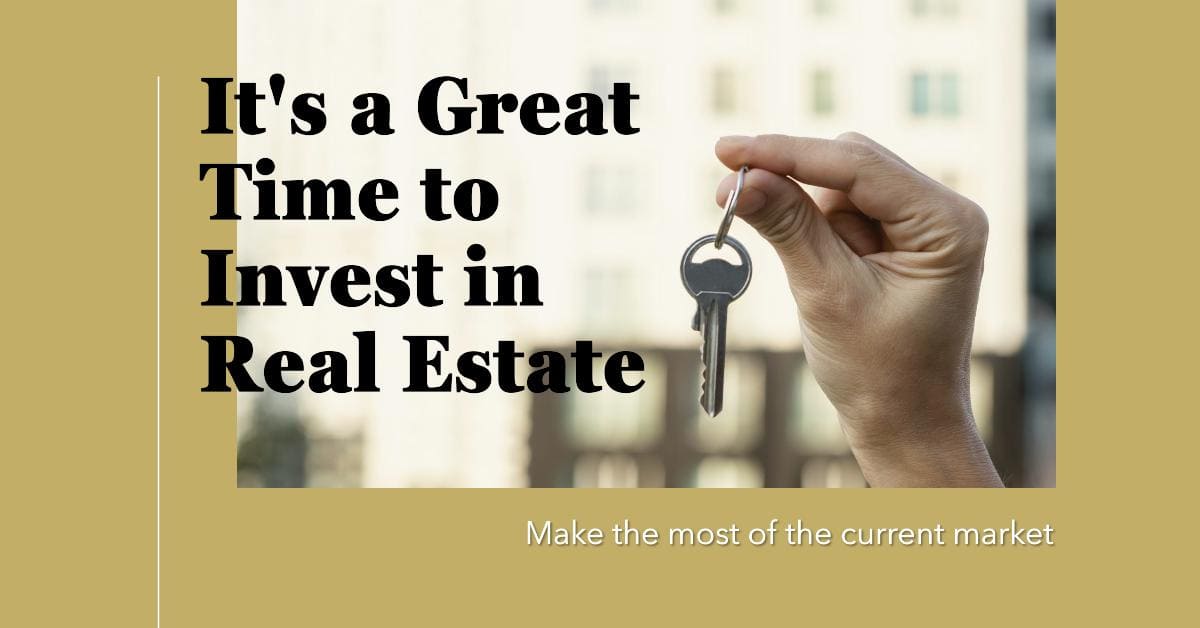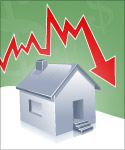 One crisp fall Sunday afternoon under bright blue skies, my wife and I visited five homes up for sale. We remembered them by their street names: Big Acre, Blue Silo, Pontiac, Prairie Rose and Lamont. The lineup has a poetic ring to it, but the real music is the potential rates of return from owning them and renting them out.
One crisp fall Sunday afternoon under bright blue skies, my wife and I visited five homes up for sale. We remembered them by their street names: Big Acre, Blue Silo, Pontiac, Prairie Rose and Lamont. The lineup has a poetic ring to it, but the real music is the potential rates of return from owning them and renting them out.
This was the second weekend we went hunting. It’s been a fascinating experience so far, and what I’ve found tells me the housing recovery is not too far off, despite all the dire talk to the contrary. The investment implications are many and varied.
Being bullish on housing is a contrarian view. In a recent national survey, 37% of homeowners say they think buying a house is a “risky investment.” And 86% think prices will either stay flat or fall.
This is a big difference from four or five years ago. But people always tend to gauge the future based on their recent experience, like trying to predict the weather tomorrow based on what it was yesterday.
In 1958, for instance, the Federal Reserve did a survey in which they found 58% of respondents thought owning real estate was a bad idea. Of course, folks said that based on recent experience. In 1920, if you bought a home in the US, odds are it was worth about half what you paid for it two decades later. In many instances, it wasn’t until 1960 that housing prices got above pre-Depression levels. In this context, the feelings of people in 1958 were reasonable… but their predictions were wrong.
So too people in the year 2011 will rue their bearishness on housing.
The beauty of markets is how they self-correct, when allowed to do so. The housing bubble popped in 2008. Prices collapsed. The bust shredded the balance sheets of many an American family and did violence to their credit ratings. Today, foreclosures and short sales chew through the inventory of homes, re-pricing them and putting the assets on better financial footings. The prices of homes are now at realistic levels, supported by the rental market and more in tune with what people can afford.
In fact, rental rates have been rising. In 12 of the 27 largest metropolitan markets in the US, it is cheaper to buy than to rent. In some markets, the gap is pretty wide. In Atlanta, monthly rental rates average $840. By contrast, mortgage payments, including taxes and insurance, average $539. So there is a good opportunity there for investors.
Real estate is intensely local, of course. Housing markets are multifaceted prisms. It is hard to generalize. But clearly, there is value out there.
One individual I know runs a partnership that has purchased 87 homes in Georgia and North Carolina during the last year. When he leases out these homes, his firm averages a 16.5% gross yield. That’s annual rent divided by purchase price, plus closing costs and estimated repair costs. And that is without leverage, net of all expenses, and includes estimates for vacancy and maintenance.
This is what the big-picture guys miss. Economists can talk all they want about how a housing recovery is years away. Maybe so, but the opportunity to invest and make good money is now. In a world of 2% Treasury rates, 16.5% gross ain’t bad.
I’m not seeing those kinds of yields in my home market, but more- modest cash yields are still attractive. I fully intend to put a mortgage on my properties, locking in rates that are the lowest in six decades. Don’t forget rental rates can rise over time, while the mortgage is fixed. When housing prices rise, you can really make a killing.
Why does this opportunity exist? To me, it’s clear, especially now, after bidding unsuccessfully on one property and hunting for others. It’s simply because, in the post-bubble rubble, there aren’t that many people with the kind of clean credit and cash that can afford to be investors in residential real estate. Nor is there much appetite for it. But there are plenty of people with good-enough credit and cash to rent. Even so, we’re finding competition from other investors for the properties we’ve looked at. We’re not the only ones who have sat down and done the math.
Now, I am not saying a housing boom is about to happen. There is more wood to chop before we get there. But I am saying that American housing as an asset looks cheap. And I think the free competitive forces at work are improving the market. It’s not getting worse. The bottom is in. Where rental markets are supportive of current pricing, I don’t see much downside.
This has all kinds of investment implications beyond just buying a house and renting it. There is a lot of money that will go toward renovations as this process unfolds. Spending on home improvements is at a multi-decade low, well below the long-term historical trendline. This suggests a recovery in the future.
The housing recovery is likely to be a long-term story. But here’s an early prediction: In the ashes of the bust, a phoenix shall rise. That phoenix is the humble American home.




